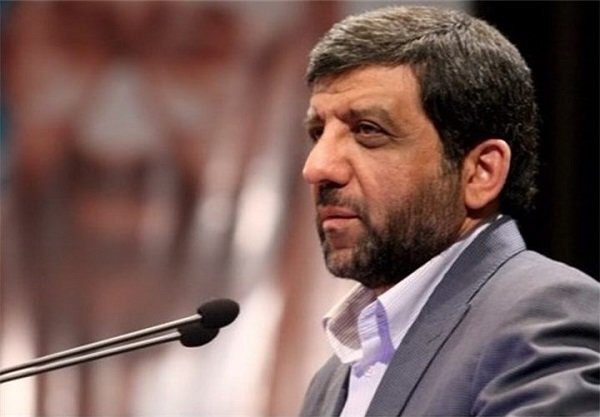Tourism minister underlines role of cultural attaches

TEHRAN – On Sunday, Cultural Heritage, Tourism, and Handicrafts Minister Ezzatollah Zarghami praised the role of cultural attaches as potential advocates of Iran tourism in every corner of the globe.
“Our cultural attaches are present in 80 spots of the world. As of today, [I expect] all of them [to] represent the Ministry of Cultural Heritage, Tourism and Handicrafts out of the country,” Zarghami said.
He made the remarks in a meeting with Islamic Culture and Relations Organization (ICRO) Director Hojjatoleslam Mehdi Imanipur, Mehr reported.
As an organization working under the supervision of the Ministry of Culture and Islamic Guidance, the ICRO’s mission is to seek the expansion of Iran’s cultural relations with other countries through sending cultural attachés across the world.
Iran seeks to revive its virus-hit tourism industry. Last September, the country initiated preliminary steps for a bounce-back, restarting the issuance of tourist visas following a 20-month hiatus, and easing COVID-19 protocols for fully-vaccinated passengers. Iran’s trump card is that the country benefits from a wide variety of travel destinations ranging from seacoasts and lush green woods to towering mountains and harsh deserts.
All things considered, Iran is determined to get through the coronavirus crisis with a greater reliance on its numerous tourist spots of which 26 are UNESCO World Heritage, and above all, its welcoming, sociable people. Going to statistics, some 1.47m foreign nationals visited the ancient land from the beginning of the current Iranian calendar year to January 1, a span most of which was subject to severe travel bans due to coronavirus. Citizens from Iraq and Afghanistan were the main source of tourism for Iran from October 23 to December 22, 2021. “226,000 people from Iraq, 103,000 from Afghanistan, 90,000 from Turkey, 22,000 from Azerbaijan, and 18,000 from Bahrain arrived in Iran during the mentioned period,” according to data released by Mehr news agency.
As the data suggests, neighboring countries have been the main source of tourism for the Islamic Republic. That is why the fair has invited travel insiders, tour operators, and exhibitors from neighboring states to reinforce the trend. The average of international travels to and from the Islamic Republic fell by 80 percent during the past Iranian calendar year 1399 (ended on March 20, 2021) from a year earlier. “During this period, 4,343,163 passengers entered the country, which included 3,030,464 Iranian passengers and 512,699 international travelers,” according to Arezou Ghaniun, an official with the Islamic Republic of Iran's Customs Administration. “From the beginning of 1399 to the end of it, we saw a significant reduction in passenger traffic to the country or vice versa in land, sea, rail and air borders, which were caused by various coronavirus restrictions.”
In the international scene, tourism experienced a 4% increase in 2021, 15 million more international tourist arrivals (overnight visitors) compared to 2020 (415 million versus 400 million), according to data compiled by the World Tourism Organization. International arrivals, however, show 72% below the pre-pandemic year of 2019, according to preliminary estimates.
To find a solution, panels of travel experts and tourism officials have mapped out new marketing strategies so far, to help tourism would get back on its feet once again. One of the strategies is to help lesser-known destinations to gain footholds on the tourism map. For instance, the tourism ministry seeks to promote lesser-known travel gems of the country.
As a wallet-friendly destination with hospitable people, Iran has long been a desired destination for nature lovers, birdwatchers, powder chasers, culture devotees, pilgrims, museum-goers, foodies, adventurers, and medical travelers to name a few.
AFM
Leave a Comment